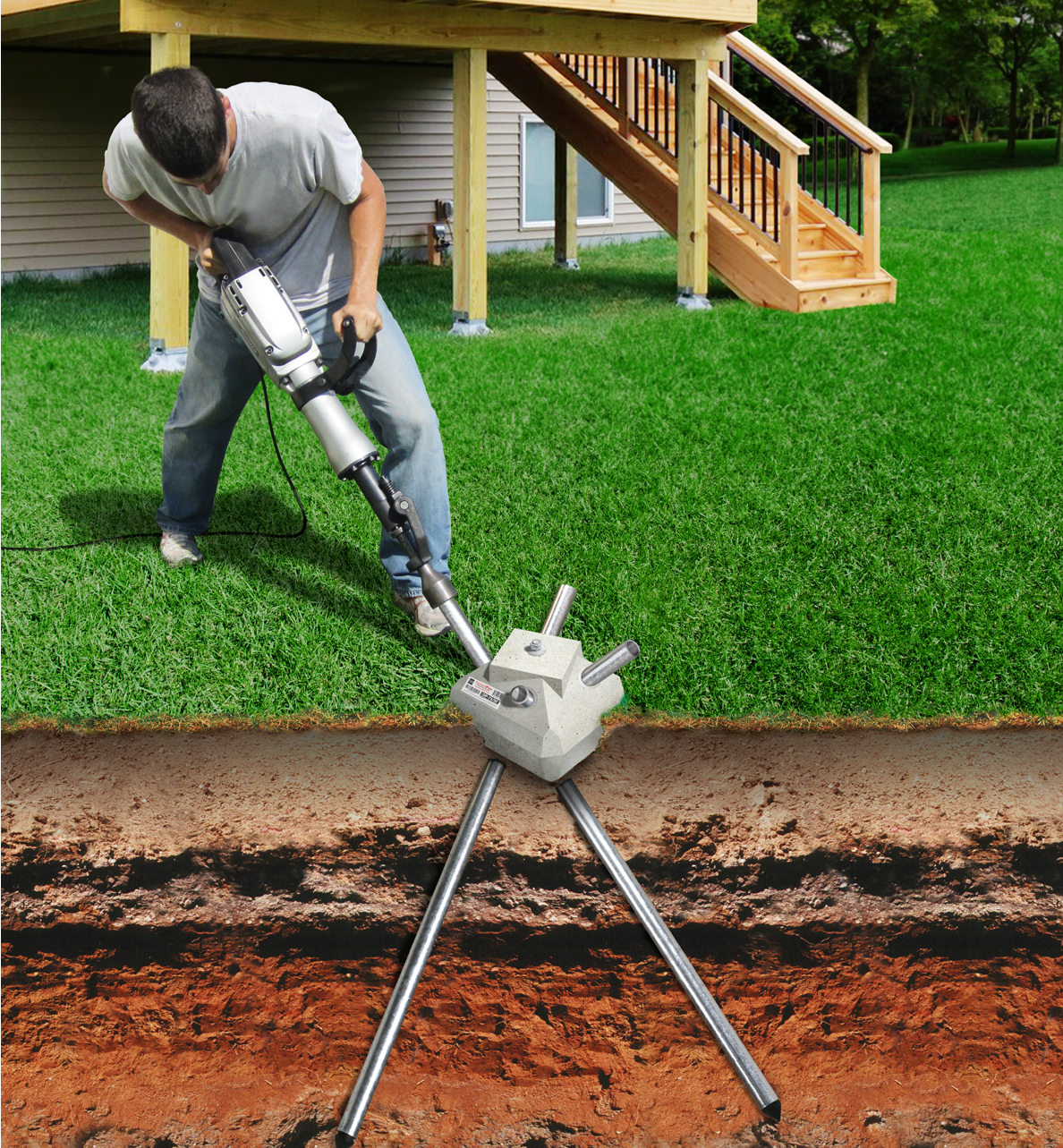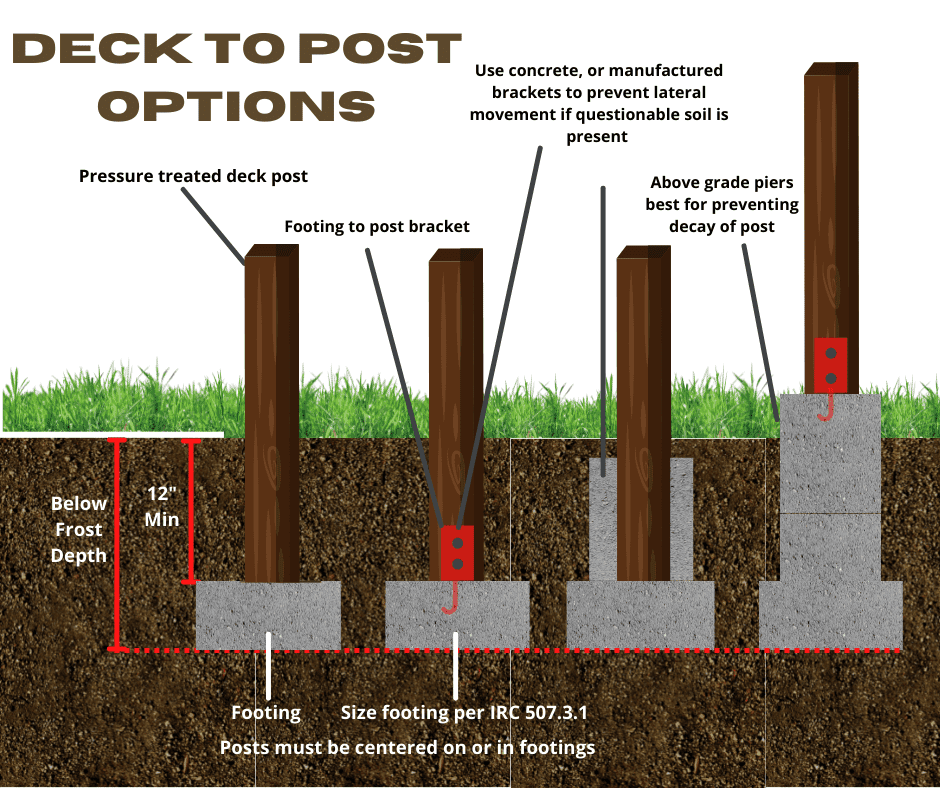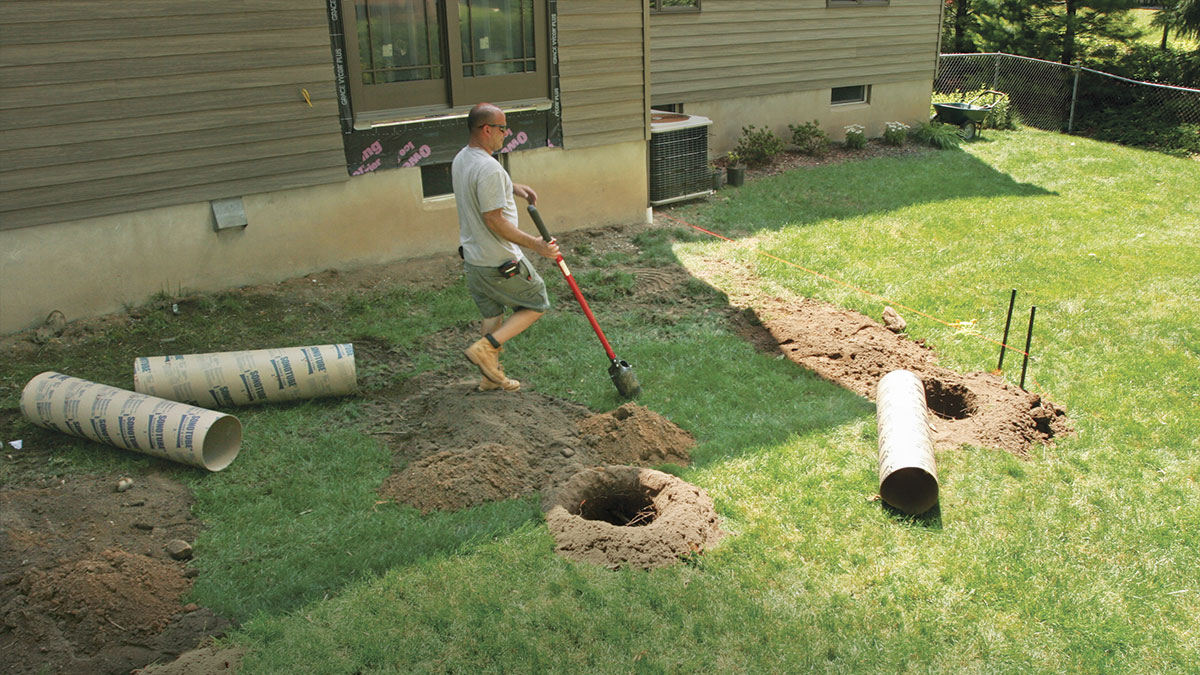Make Certain Stability and Long Life With Correctly Mounted Deck Footings
Deck grounds may not be the most attractive aspect of deck construction, but they play an important role in ensuring security and durability. In this discussion, we will discover the relevance of appropriate deck footings, factors to think about during setup, different kinds of footings readily available, detailed setup guide, and upkeep ideas for making sure lasting footings.

Value of Correct Deck Footings
Why are appropriately set up deck grounds vital for the security and durability of your deck? Deck footings are the foundation on which the deck rests, transferring the lots from the deck to the ground.
To start with, effectively mounted deck grounds disperse the weight of the deck uniformly, avoiding any unequal settling or sinking. This is particularly important in areas with unpredictable dirt, as it assists to alleviate the danger of the deck falling down or changing. Furthermore, well-installed footings ensure that the deck remains level, preventing any kind of architectural damage that can take place when a deck comes to be unequal.
Secondly, effectively mounted grounds provide a strong anchor for the deck, preventing too much motion and sway. This aids to preserve the structural honesty of the deck, decreasing the threat of injuries or accidents. It additionally reduces the wear and tear on the deck, enabling it to endure the components and routine usage for a longer time period.
Factors to Think About for Deck Footing Setup
When installing deck footings, there are several vital variables to take into consideration for appropriate setup. Different dirt kinds have different load-bearing capacities, so it is critical to perform a dirt test to ensure the grounds can sustain the weight of the deck and its residents. By taking into account these variables, you can make sure the appropriate installation of deck grounds and enjoy a secure and resilient deck.
Sorts Of Deck Footings to Select From
There are numerous different kinds of deck footings available for you to pick from. Each type has its very own advantages and negative aspects, so it's important to consider your particular needs and the problems of your deck before making a choice.
One typical sort of deck footing is the concrete ground. This entails excavating holes in the ground and pouring concrete right into them to develop a strong foundation. Concrete footings are sturdy and give excellent stability, making them appropriate for decks in areas with challenging dirt problems or high wind loads.
One more choice is the helical pier footing, which includes a steel shaft with helical plates that are screwed right into the ground. These footings are quick to mount and can be utilized in numerous soil types, consisting of sandy or clay soils. They are likewise adjustable, permitting very easy progressing of the deck.
Sonotube footings are another popular selection. These footings are created by putting a cardboard tube in a hole and loading it with concrete. Sonotube footings are relatively simple to install and supply sufficient security for smaller decks or in locations with less requiring dirt conditions.

When choosing the type of deck ground, it's crucial to consider elements such as soil conditions, deck size and weight, local building ordinance, and individual choices. By picking the proper ground type, you can ensure the stability and long life of your deck.
Step-by-Step Overview for Putting Up Deck Footings

Identify the area: Begin by marking the specific position of each footing utilizing risks visit the site and string (Deck Footings). Think about any type of neighborhood building regulations or guidelines concerning obstacle ranges
Dig the holes: Utilize a blog post hole digger or an auger to dig the holes for the grounds. The deepness will certainly depend on the frost line in your area and the kind of dirt. Usually, a depth of at the very least 36 inches is suggested for security.
Level the openings: Make certain that the bases of the holes are level (Deck Footings). This can be achieved by utilizing a level or a straight board across the top of the openings
Include crushed rock: Area a layer of crushed rock at the end of each opening to improve drainage and avoid the footing from sinking into the soil gradually.
Put the ground kinds: Put the ground develops right into the openings, ensuring they are focused and degree. Usage stakes to protect them in position.
Mix and put concrete: Follow the instructions on the concrete mix bag to prepare the concrete. Pour the concrete right into the ground types, loading them totally.
Smooth the surface area: Utilize a trowel to smooth the surface of the concrete and remove any air pockets. Permit the concrete to treat according to the producer's directions.
Maintenance Tips for Resilient Deck Grounds
Appropriate maintenance is vital for making certain the long life and stability of deck footings. By routinely inspecting and keeping your deck grounds, you can avoid damage and possible security risks. One important facet of maintenance is to routinely check for any kind of indications of wear and tear, such as splits or motion in the footings. If you see any type of issues, it is very important to resolve them quickly to stay clear of additional damage.
Regular cleansing is also necessary for maintaining deck grounds. Dirt, greenery, and particles can build up around the grounds, which can bring about moisture buildup and decay. Cleansing the grounds routinely, making use of a stress or a brush washer, can help avoid these problems and expand the life-span of your deck.
Along with cleaning, it is necessary to maintain the location around the grounds free from any obstructions. Prevent stacking items versus the grounds or allowing plants to grow also near them. These obstructions can trap wetness and create the footings to degrade over time.
Finally, normal resealing of the grounds is advised to safeguard them from moisture and various other address ecological elements. Applying a water resistant sealant can help avoid water damage and extend the lifespan of the footings.
Conclusion
In conclusion, proper installation of deck grounds is crucial for guaranteeing stability and long life of your deck. Aspects such as dirt type, tons capacity, and local structure codes require to be taken into consideration when picking the ideal kind of deck footings. Following a detailed guide for installation and regular upkeep will certainly help to ensure the grounds stay long lasting and lasting.
In this conversation, we will discover the value of appropriate deck grounds, aspects to take into consideration throughout installation, various types of grounds offered, step-by-step installment guide, and upkeep ideas for guaranteeing durable grounds. Deck grounds are the foundation on which the deck relaxes, transferring the tons from the deck to the ground.One common kind of deck footing is the concrete ground. Insert the ground forms: Place the footing develops into the openings, guaranteeing they are focused and degree.In final thought, proper setup of deck grounds navigate to these guys is vital for ensuring security and longevity of your deck.